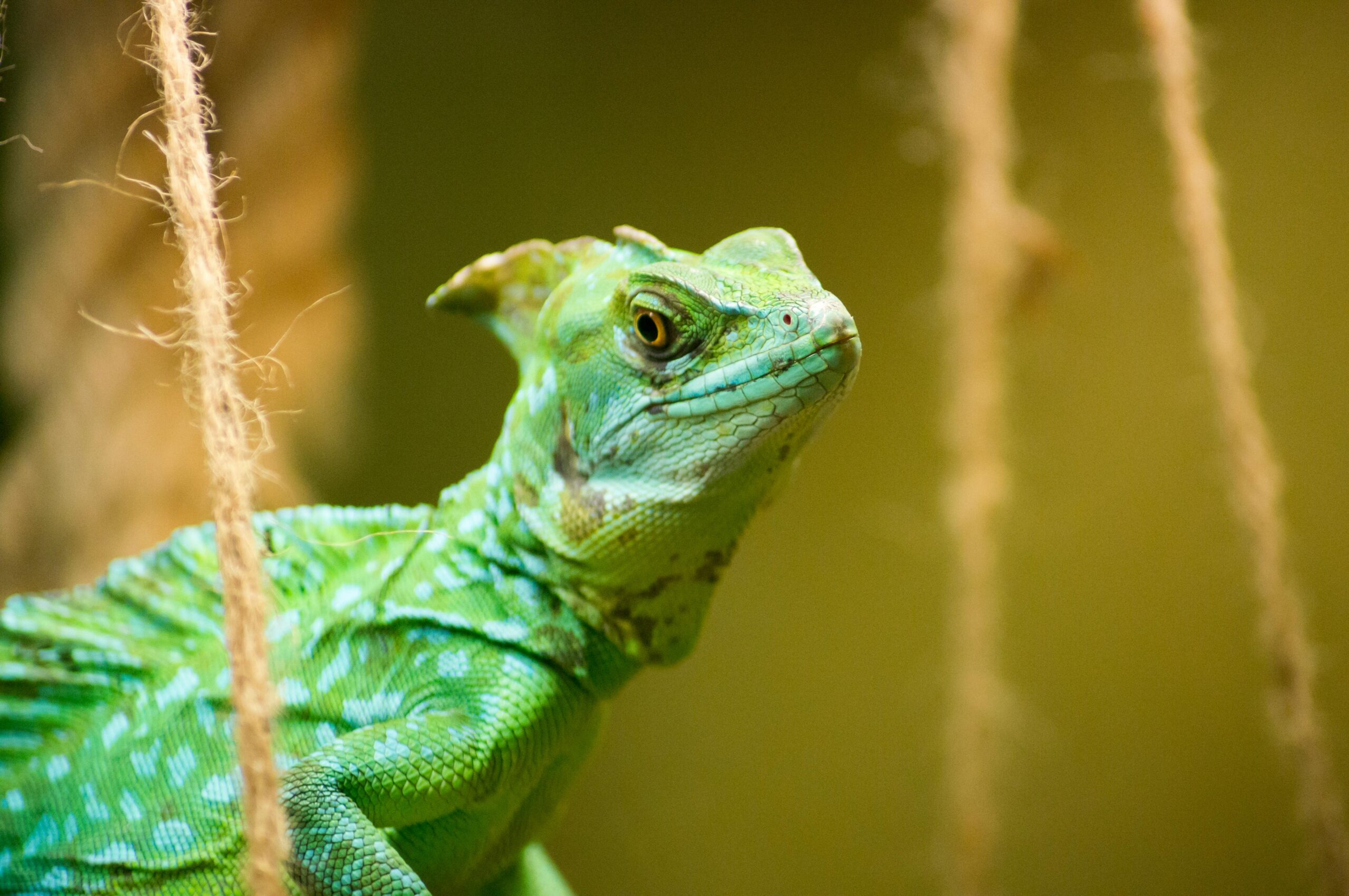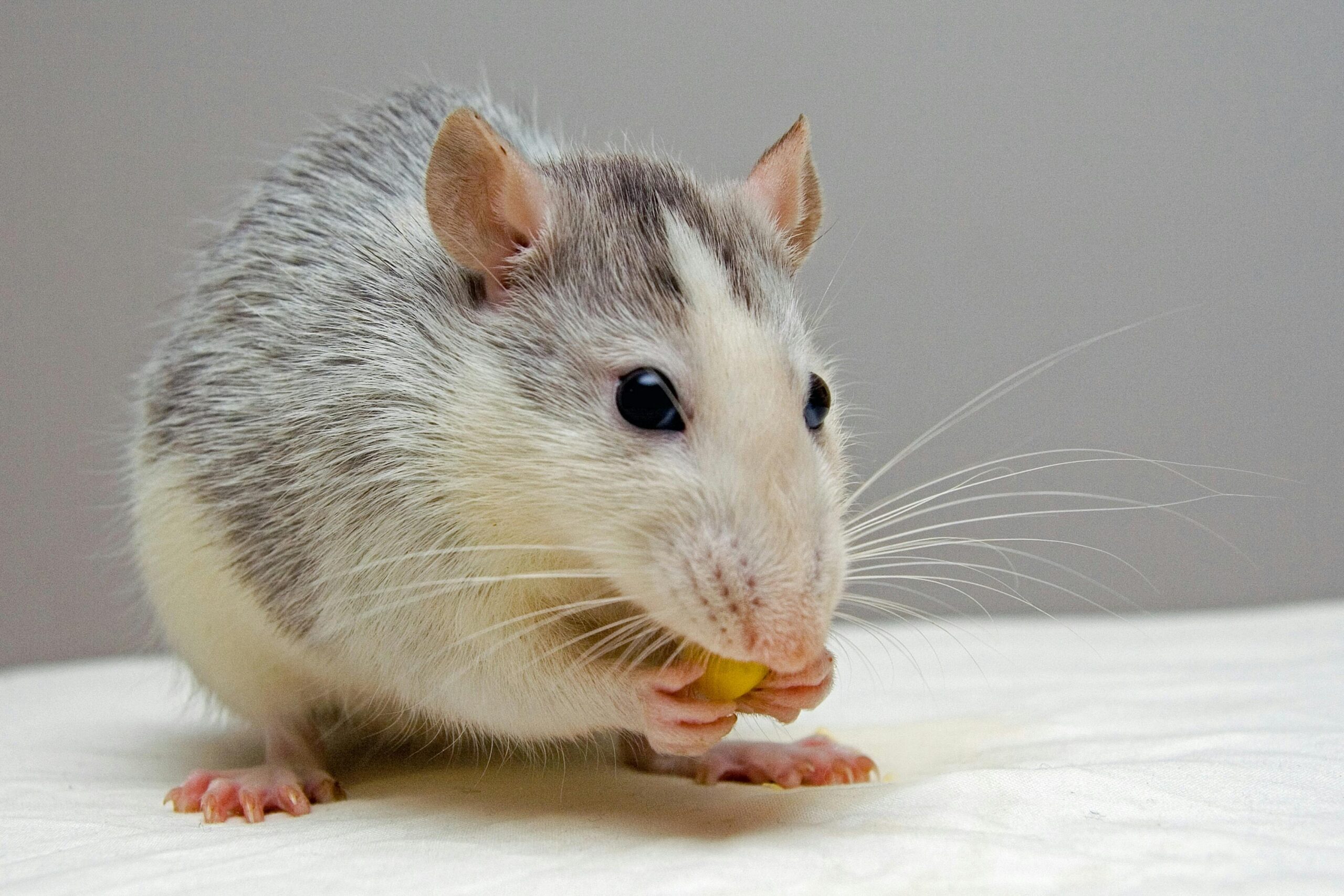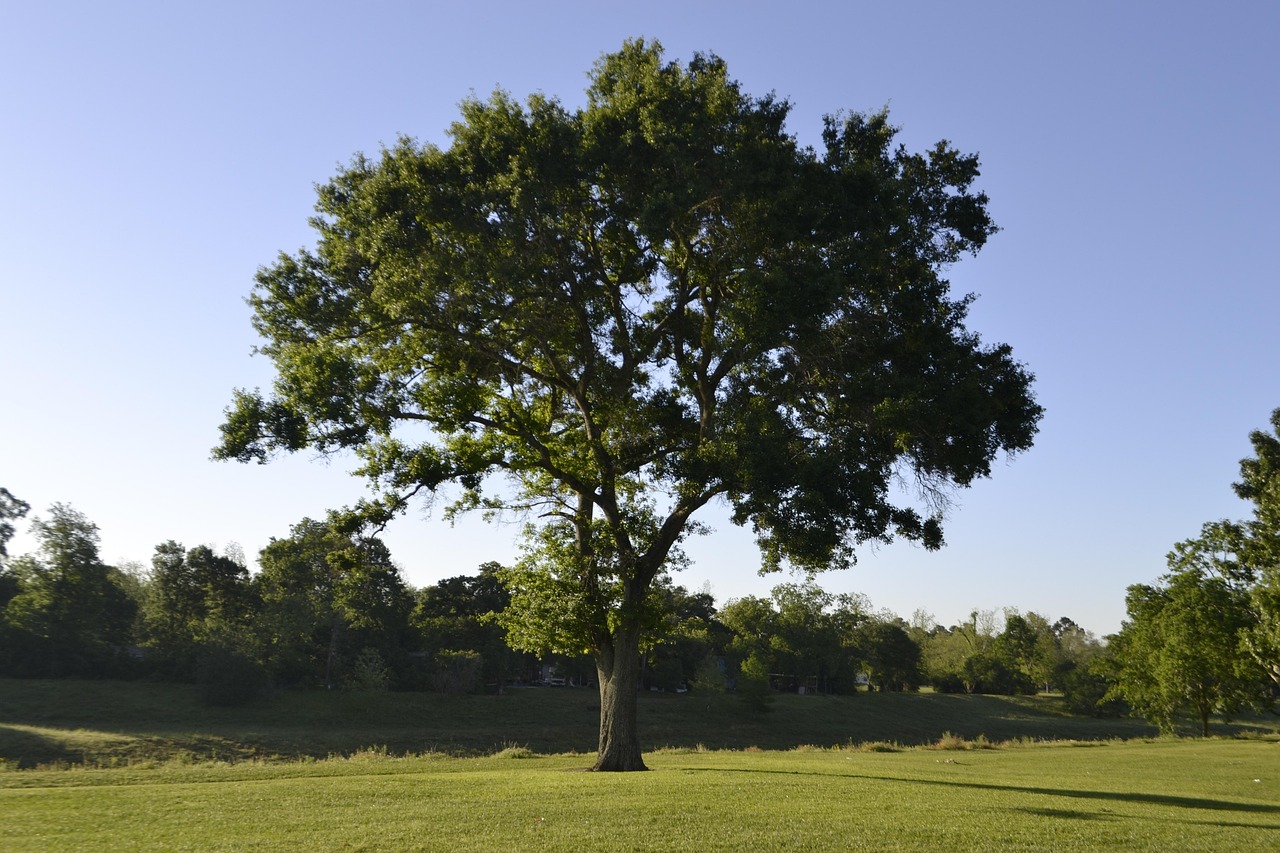(image credit: by Глеб Коровко )
Did you know there’s a lizard that can literally run across the surface of water? Meet the basilisk lizard—also known as the “Jesus Christ lizard.” This blog takes a closer look at its fascinating biology and how it pulls off one of nature’s coolest escape tricks.
A Lizard with Divine Moves
In the lush rainforests of Central and South America, there’s a small but extraordinary reptile with a superpower that seems straight out of a comic book. The basilisk lizard, affectionately nicknamed the “Jesus Christ lizard,” can run across the surface of water. Yes, really.
This isn’t just a quirky skill—it’s a survival tactic. When threatened by predators like birds or snakes, the basilisk doesn’t just scurry away on land. Instead, it bolts toward the nearest river or stream and dashes across it, upright on its hind legs, as if it’s walking on solid ground.
How Does It Work?
The secret lies in the lizard’s unique anatomy and speed. Its hind feet are long and wide, with specialized scales that act like miniature flaps. As the lizard runs, it slaps each foot against the water’s surface up to 20 times per second, creating tiny air pockets under its toes.
These rapid slaps and the force of its stride prevent the lizard from sinking—at least temporarily. Most basilisk lizards can run on water for around 4.5 meters (15 feet) before gravity catches up. After that, they dive and swim the rest of the way, usually to safety.
Why It Matters
Aside from being incredibly cool, the basilisk’s water-walking ability is a brilliant example of evolutionary adaptation. It shows how animals can develop highly specialized skills to survive in predator-rich environments.
This behavior has even caught the attention of scientists and robotics engineers. Some research teams are studying the basilisk to inspire the design of robots or machines that can traverse liquid surfaces—turning nature’s magic into human innovation.


